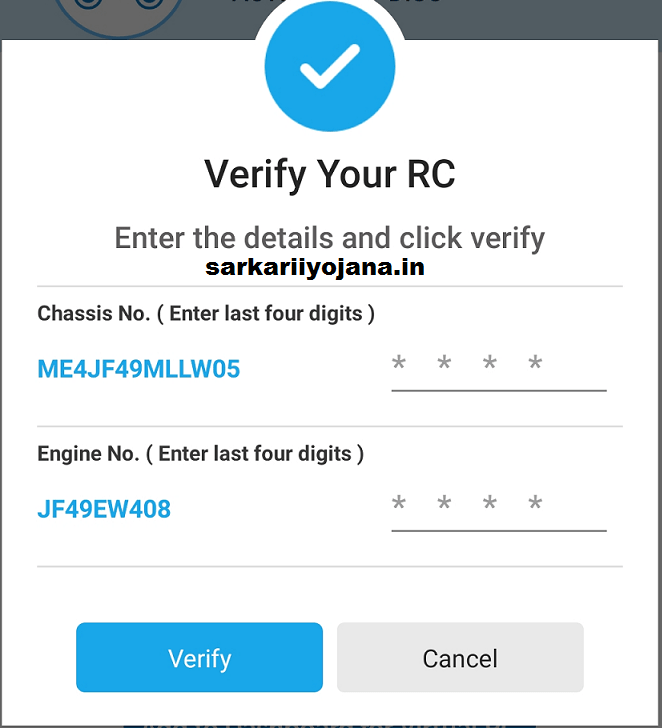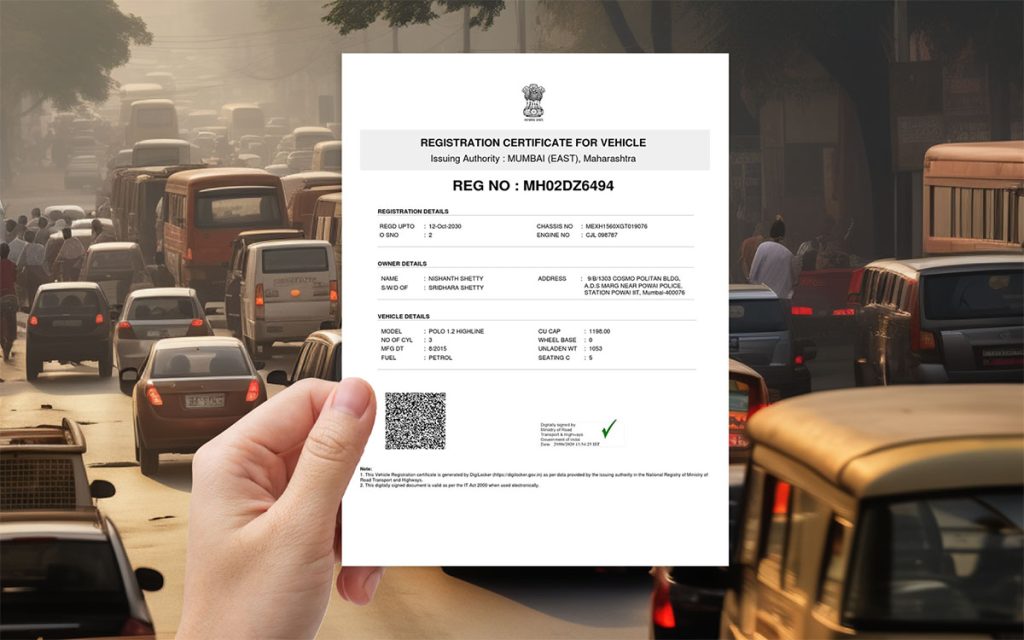Maximizing Security: Ensuring Trust in Online RC Verification API Processes
In the digital transformation era, where convenience and efficiency are paramount, the need for robust security measures cannot be overstated. This is especially true in sensitive information processes, such as identity verification. With the rise of online services and the increasing reliance on remote communication, verifying identities remotely has become a crucial aspect of many businesses and institutions. One such method gaining traction is the online RC verification API process, which offers a convenient and efficient way to verify identities online. However, as with any online process involving sensitive data, security concerns loom large. In this article, we delve into the intricacies of maximizing security and ensuring trust in online RC verification API processes.
Table of Contents
Understanding RC Verification API
Remote Customer (RC) verification API is a technology that enables businesses to verify the identity of their customers remotely. It allows users to submit their identity documents and personal information through an online platform, which is then verified against trusted sources such as government databases or credit bureaus. This process eliminates the need for in-person verification, saving time and resources for both businesses and customers.
The RC verification API process typically involves several steps:
- Document Capture: Users are prompted to upload images of their identity documents, such as driver’s licenses, passports, or national ID cards.
- Data Extraction: The API extracts relevant information from the uploaded documents, such as name, date of birth, and address.
- Verification: The extracted data is then compared against trusted sources to verify the authenticity of the identity documents and the information provided by the user.
- Decision: Based on the verification results, a decision is made regarding the authenticity of the user’s identity.
While the RC verification API process offers numerous benefits, including convenience, speed, and cost-effectiveness, it also poses significant security challenges that must be addressed to ensure trust and reliability.

Security Challenges in Online RC Verification API Processes
Ensuring the security of RC verification API processes is paramount due to the sensitive nature of the information being exchanged. Several key challenges contribute to the complexity of achieving this goal:
- Data Privacy: One of the primary concerns with RC verification API processes is the protection of user data. Identity documents contain highly sensitive information, including personal details and biometric data, which must be safeguarded against unauthorized access or misuse.
- Identity Theft: The proliferation of identity theft poses a significant threat to RC verification API processes. Cybercriminals may attempt to exploit vulnerabilities in the system to steal users’ identities or manipulate verification results for fraudulent purposes.
- Fraudulent Documents: Verifying the authenticity of identity documents is crucial for the effectiveness of RC verification API processes. However, sophisticated counterfeit documents and deepfake technology can make it challenging to detect fraudulent submissions accurately.
- Cybersecurity Risks: Like any online process, RC verification API is susceptible to cybersecurity threats such as hacking, malware, and phishing attacks. A breach in the system could compromise sensitive user data and undermine trust in the verification process.
Addressing these security challenges requires a multifaceted approach that combines robust technology solutions, stringent regulatory compliance, and proactive risk management strategies.

Maximizing Security in RC Verification API Processes
To maximize security and ensure trust in online RC verification API processes, businesses and organizations must implement comprehensive security measures at every stage of the process:
- Encryption and Data Security: Utilize industry-standard encryption protocols to secure data transmission and storage. Implement SSL/TLS encryption and encryption-at-rest measures to protect sensitive user information from unauthorized access.
- Biometric Authentication: Incorporate biometric authentication methods, such as facial recognition or fingerprint scanning, to enhance the security of the verification process. Biometric data provides an additional layer of identity verification that is difficult to replicate or spoof.
- Document Authentication: Employ advanced document authentication technologies, such as machine learning algorithms and optical character recognition (OCR), to verify the authenticity of identity documents. These technologies can detect anomalies and inconsistencies indicative of fraudulent documents.
- Multi-factor Authentication (MFA): Implement MFA mechanisms to verify the identity of users through multiple independent channels, such as SMS codes, email verification, or security tokens. MFA enhances security by requiring users to provide additional proof of identity beyond mere document submission.
- Compliance with Regulatory Standards: Ensure compliance with relevant regulatory standards, such as GDPR, HIPAA, or KYC/AML regulations, to protect user privacy and mitigate legal risks. Implementing robust data protection measures and privacy policies demonstrates a commitment to safeguarding user information.
- Regular Security Audits and Testing: Conduct regular security audits and vulnerability assessments to identify and address potential security weaknesses in the verification process. Perform penetration testing and ethical hacking to simulate real-world cyber attacks and strengthen defenses accordingly.
- User Education and Awareness: Educate users about the importance of security and privacy in the verification process. Provide clear guidelines on best practices for securely submitting identity documents and interacting with the verification platform to mitigate the risk of fraud or misuse.
- Continuous Monitoring and Incident Response: Implement real-time monitoring systems to detect suspicious activities or anomalies in the verification process. Develop a robust incident response plan to effectively mitigate security incidents and minimize the impact on users and the organization.
By adopting these security measures and best practices, businesses and organizations can enhance the security and trustworthiness of their online RC verification API processes, thereby mitigating risks and ensuring a seamless user experience.
Conclusion
Maximizing security and ensuring trust in online RC verification API processes is imperative for businesses and organizations seeking to leverage the benefits of remote identity verification. By addressing key security challenges and implementing comprehensive security measures, organizations can minimize the risk of fraud, protect user privacy, and build trust with their customers. With the right combination of technology, compliance, and proactive risk management strategies, businesses can navigate the complexities of online identity verification with confidence, paving the way for a secure and reliable verification process in the digital age.

